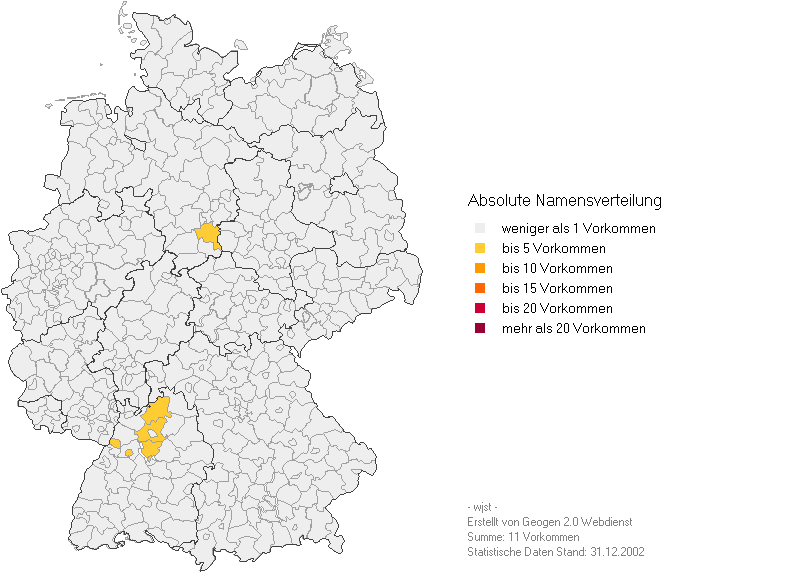Is there any sense of genetic studies aiming at an association with body mass index? Will there ever be a public health strategy or any medical intervention based on a genetic marker?
I am recalling what Christoph – a friend of mine at medical school and a now professor for child psychiatry – once told me when he was working on his thesis about anorexia: “You only need to weight them for a diagnosis”. As there are now lots of weighing machines out there, there are plenty of DNAs (intended for different outcomes!), which might be a reason of the 5946 “obesity and gene” papers.
Will this help anybody? I fear, that responsibility is even shifted to “poor genes” (of course I acknowledge that there might be gene nutrient interactions – Paul Soloway wrote a nice essay on that). My view – developed with my wife over many years – is that that the obesity epidemics is largely an environmental trait of poor eating habits, wrong orientation on dress models and not enough physical activity. I recall also Professor Walter Willett – who has been my former advisor in Nutritional Epidemiology – that things can be quite simple. Check for his “Low Glycemic Index” on the web, find a sports club for biking, jogging or walking, concentrate on eating and use small spoons and forget about diets.
There is long-standing discussion, how the body signals by “being hungry” that something is missing (sorry, only 1 historic reference). Of course this works also in non-humans: Have you ever seen supersized animals? My guess is, that the well developed and unconscious food recognition process is largely fooled by pre-processed food that contains additives changing appearance, taste and smelling. So, you have now heard the first time about the fake food hypothesis. I do not believe so much in voluntarily overeating – it seems much more an involuntary repeated intake to find someting useful.
Coming back to our start: Imagine that drugs that can block hunger (as we now learned the search for required food ingredients) and imagin that the developed world continues to eat their currently preferred food: Everybody will then need a professional nutrionists to balances his/her daily intake. So, we better save tax payer money for these BMI-gene studies. Yea, yea.
